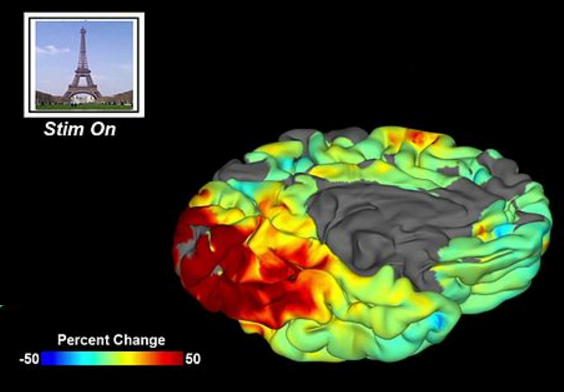“Nature’s greatest accomplishment, the human brain, is never more efficient or invested than when its host is at risk. Then, intuition is catapulted to another level entirely, a height at which it can accurately be called graceful, even miraculous. Intuition is the journey from A to Z without stopping at any other letter along the way. It is knowing without knowing why.”
― Gavin de Becker, The Gift of Fear: Survival Signals That Protect Us from Violence
In the previous Intuition blog post, I talked about the observation by Gavin de Becker, an expert on violent behavior, that emotions, particularly fear, can hold information about threats in our environment. By listening to this intuition, we can actually reduce worrying, because we'll gain confidence in our ability to protect ourselves and our loved ones. In case you haven't read it here's a link:
In Part 2 I’ll go over the parallels between Gavin de Becker's view of intuition and the Buddhist view of wisdom.
Our emotions often solve the puzzle of our situation, before our conscious awareness knows something is out of place or a significant event has occurred. This matches how I heard an MIT neuroscientist describe emotions: as condensed learning about what brings pleasure or pain. Emotional learning is quick and resilient to being lost, unlike learning on the conscious level. This view of emotions, including fear, also fits the Buddhist view.
Buddhism teaches that emotions hold a certain intuitive information, also called wisdom. However, this comes with the strong warning not to let emotions take control, especially anger, because they can be incredibly destructive. The wisdom behind emotions can only be utilized when one has enough distance from them to neither react impulsively nor suppresses them. Then one can act on the information they contain with clarity and for the long-term benefit of all.
Because emotions are much more powerful than intellectual thought, one must change deeply rooted habits before emotions arise. Then in the moment they arise one can work with them effectively. For this reason, Buddhist meditation is designed to create distance from emotions as well as to take away the mistaken but natural experience that we are the center of the universe.
However, as Gavin de Becker notes, in the case of fear for one’s immediate safety, one often must act upon the information which fear provides and hopefully leave the dangerous situation immediately, regardless of one’s emotional maturity. He also recommends that one maintains a calm baseline, otherwise our survival signals will be masked by a general anxiety. See for instance, the following quote:
“When you worry yourself into a state of artificial fear … , you distract yourself from what is actually happening in favor of what you imagine is happening.”
― Gavin de Becker, Protecting the Gift
The best resource I know for the topic of the wisdom hidden within disturbing emotions is “Buddha and Love” by Lama Ole Nydahl, which covers each of the disturbing emotions and their transformation in a chapter on female wisdom. In this context the word wisdom is equivalent to the word intuition. As Gavin deBecker also noted, wisdom is typically associated with women, thus the term women’s intuition.
Here is a list of Buddhist quotes from Gavin de Becker’s books. My intention is not to paint Gavin deBecker as Buddhist but simply to draw attention to the parallels between his views and that of Buddhism.
On the topic of listening to one’s intuition about people: “People should learn to see and so avoid all danger. Just as a wise man keeps away from mad dogs, so one should not make friends with evil men.” —Buddha (quoted in “The Gift of Fear”)
About controlling partners: “The Buddhist definition of human suffering applies perfectly: ‘clinging to that which changes.’ ” —Gavin deBecker in “The Gift of Fear”
“What we’re talking about is getting to know fear, becoming familiar with fear, looking it right in the eye—not as a way to solve problems, but as a complete undoing of old ways of seeing, hearing, smelling, tasting, and thinking.” —Pema Chodron in “When Things Fall Apart” (quoted in “Fear Less”)
On the topic of Protecting public figures from attack: “Sever the edge between before and after.” Takuan Soho, Zen Master, author of the The Unfettered Mind, 1600 (quoted in “Just 2 Seconds”)











